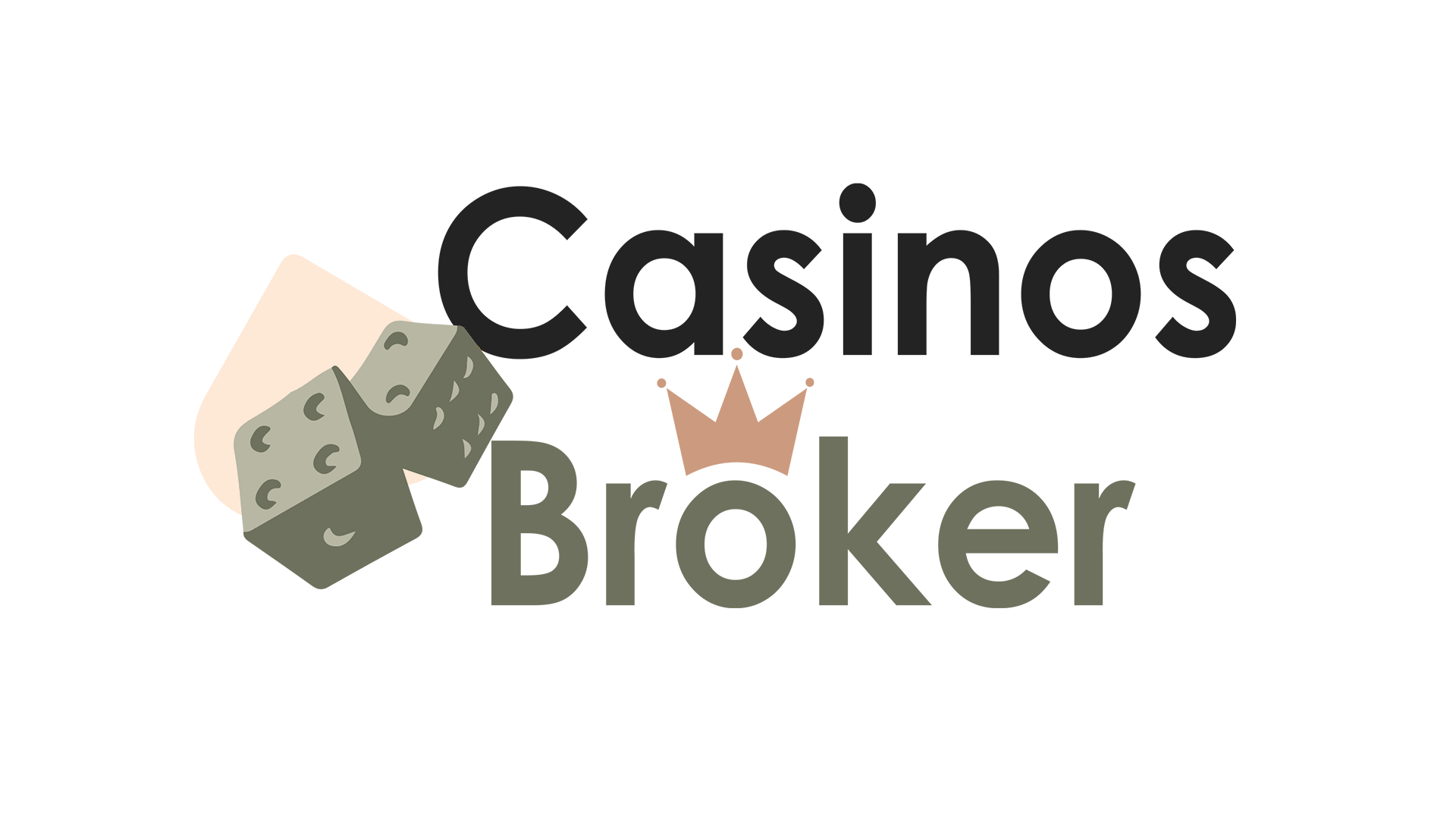Business Valuation Methods in a Nutshell
Business Valuation – iGaming Perspective (2025)
Valuing an iGaming asset—whether an affiliate network, a B2B platform or a regulated sportsbook—still starts with a single question: how much free cash does the company generate that a buyer can rely on after closing? Profitability (expressed as EBITDA for corporate deals or SDE for owner-managed firms) therefore drives price; everything else merely explains why the multiple moves up or down around that core metric.
1.) Key Profit Definitions (in plain English)
EBITDA – earnings before interest, tax, depreciation and amortisation; the lingua franca of institutional investors.
Seller’s Discretionary Earnings (SDE) – EBITDA plus one fully-loaded owner salary; popular where the buyer is an individual who will step into the CEO’s seat.
Net Income / Cash Flow / SDCF – alternative labels for the same economic reality; use them only after confirming the adjustments that have been made.
2.) Two Dominant Valuation Approaches
Earnings-Multiple (SDE or EBITDA)
Step 1 – Normalise the accounts. Add back non-cash charges, one-offs and one market-rate owner salary.
Step 2 – Apply an appropriate multiple. Example: a compliance-heavy iGaming platform reporting €1 m EBITDA and attracting a 5.0× multiple is worth ≈ €5 m.Comparable-Transactions Method
When reliable peers exist, substitute “apply a multiple” with “mirror the price actually paid for a similar asset, after adjusting for scale, jurisdiction and product mix.” The technique is robust but data-hungry; most private deal terms sit in proprietary broker or adviser databases and must be triangulated carefully.
3.) What Do Buyers Really Pay?
| Segment (illustrative) | Typical revenue scale | EV/EBITDA range* | Example data point |
|---|---|---|---|
| B2B iGaming technology suppliers | €20 m – €300 m | 8 × – 14 × | Median 11 × LTM EBITDA across 20 publics (Q1 2023) |
| Regulated online operators (growth markets) | €50 m – €500 m | 9 × – 18 × | Flutter → Betnacional (18.4 ×) |
| Omnichannel casino / hotel gaming groups | €0.5 bn + | ~15 × | US hotel-gaming peer set (Jan 2025) |
| Small owner-managed affiliates & white-labels | < €5 m | 2 × – 4 × | Rule-of-thumb drawn from brokered deals (market practice) |
*Ranges reflect 2023-25 deal flow; regulatory shocks, tax hikes or black-market exposure can compress multiples quickly.
4.) Why Multiples Diverge
Larger operations command higher multiples because cash flows are viewed as sturdier, management teams deeper, and regulatory compliance already embedded. By contrast, a one-website affiliate may clear 70 % EBITDA margins yet still fetch 3 × because its revenue is concentrated in one licence and five keywords.
5.) SDE vs EBITDA – practically speaking
Suppose reported net profit is €1 m and the founding CEO’s salary is €0.2 m.
SDE = €1.0 m + €0.2 m = €1.2 m (relevant for a hands-on buyer).
EBITDA = €1.0 m − €0.2 m = €0.8 m (relevant for corporates who must re-hire that CEO at market rates).
The choice of metric therefore signals the buyer universe you are courting.
6.) Beyond Earnings: Levers That Lift (or Cut) Your Multiple
Lower perceived risk (solid licences, independent traffic, no single-player concentration), recurring subscription revenue (B2B SaaS, PAM fees), and a credible post-merger growth plan all expand multiples. Conversely, grey-market exposure, volatile bonus costs or one-time pandemic spikes drag them down.
7.) Synergy Value—Why One Buyer May Pay More
Neither core method bakes in buyer-specific synergies: cost savings from shared trading teams, boosted cross-sell, or cheaper financing. Quantifying those upside streams requires sight of the acquirer’s own P&L and balance sheet; hence auction processes often yield a wide valuation spread.
8.) Loss-Making Assets—A Reality Check
If Business A breaks even and asks €5 m while Business B earns €1.5 m EBITDA for the same ticket, capital will flow to B. Non-profit assets can sell, but only at a discount reflecting the turnaround risk—and many will linger unsold until pricing expectations fall in line with profitable alternatives.
9.) Pros & Cons of the Two Methods
Earnings-Multiple
Pros: fast; works with limited data; market-tested.
Cons: sensitive to one-off adjustments; “market multiple” can be mis-applied; ignores buyer synergies.
Comparable-Transactions
Pros: anchored in real prices; adapts to sector shifts; persuasive to boards and lenders.
Cons: private data often scarce; comparables rarely identical; requires subjective normalisation.
10.) Frequently Asked Questions
Q: Does the headline price include all assets?
Yes—tangible and intangible assets necessary to keep cash flowing (platform code, gaming licences, player database, trademarks and working equipment) are normally included. Inventory is negotiable and should be addressed early in term-sheet discussions.
Q: Which multiple should I use for a start-up with negative EBITDA but rapid GGR growth?
Shift to a revenue multiple or a unit-economics framework until the business is at least breakeven; otherwise the EBITDA multiple is meaningless.
Q: How often do multiples change?
Quarterly in public markets and almost deal-by-deal in private auctions. Monitor comparable news flow and re-benchmark before launching any sale process.
Q: Why are online sportsbook multiples higher than those for land-based casinos?
Digital operators enjoy faster scalable growth and lighter capex, but they also face higher regulatory and branding risks—hence the dispersion you see in the table above.
Q: Should I value future synergies myself?
Provide a clear synergy map, but let each bidder run its own model; that prevents you from undervaluing unique upside you cannot realise on a stand-alone basis.
A disciplined application of these principles—grounded in robust financial housekeeping and a sober reading of market data—will yield a valuation that withstands the scrutiny of both gaming regulators and sophisticated investors.


